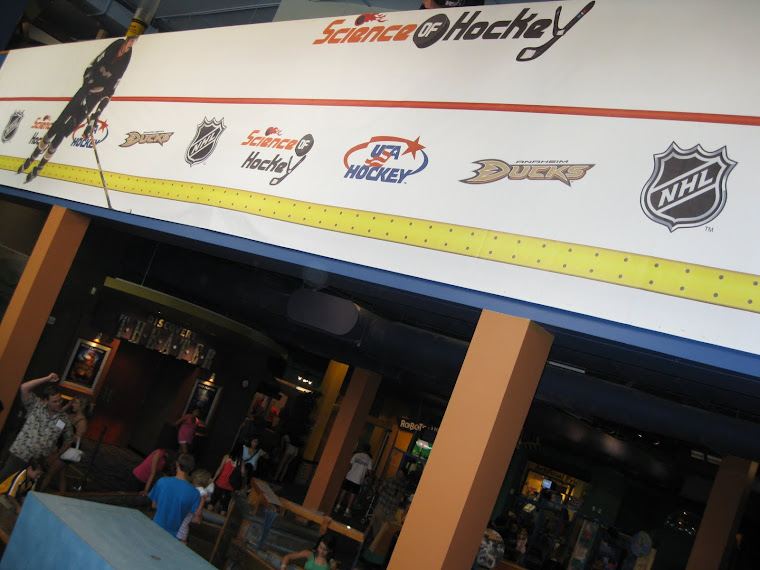“Smokey Bear & Woodsy Owl: Home Sweet Home”, is an area that teaches children about the human impact on our environment. For example, students and parents can manually generate electricity for small appliances, such as fans or light bulbs, by quickly turning a gear connected to a small generator.
(In the photo below) Outside a small display of a home, alternative insulation ideas are built into the siding. (Recycled denim in the left box; recycled newspaper on the right box.)

I truly appreciated and valued the environmentally friendly ideas & information (such as recycling & conservation) that were integrated into interactive displays. (See posting about water consumption, below.)













